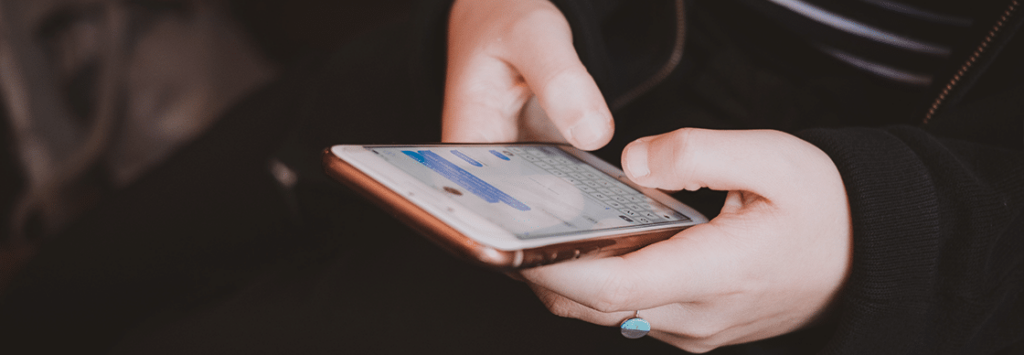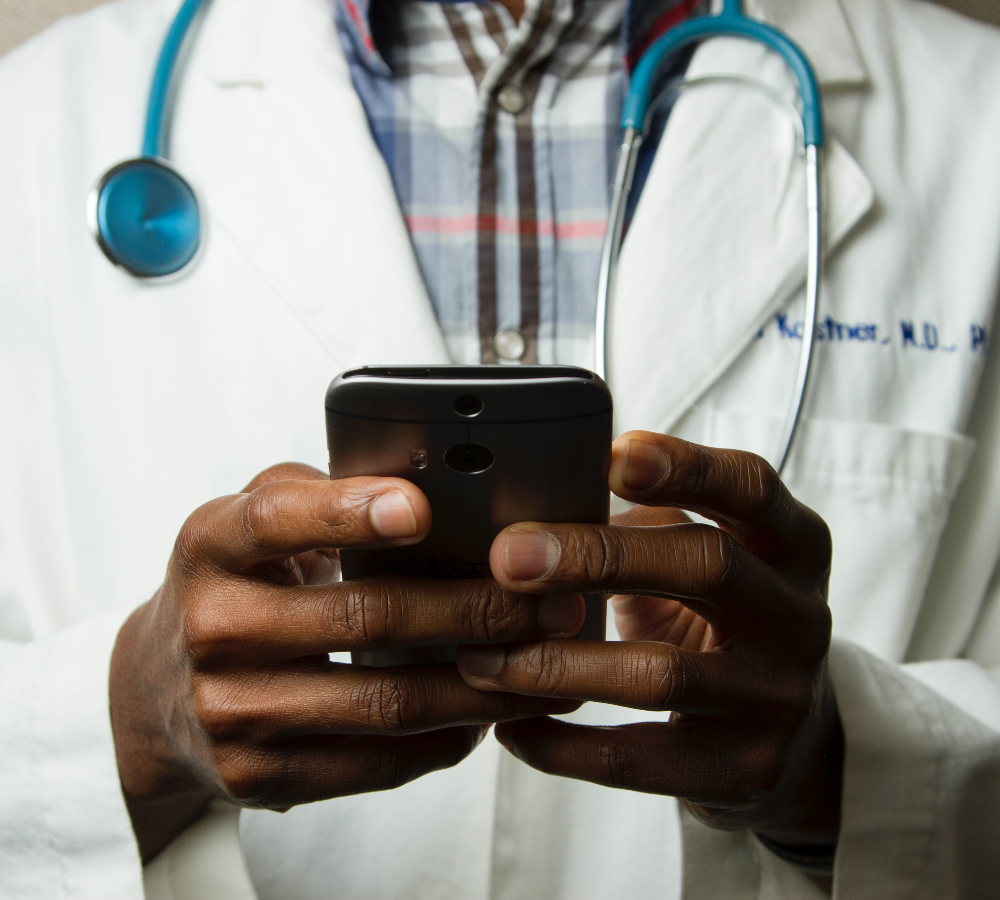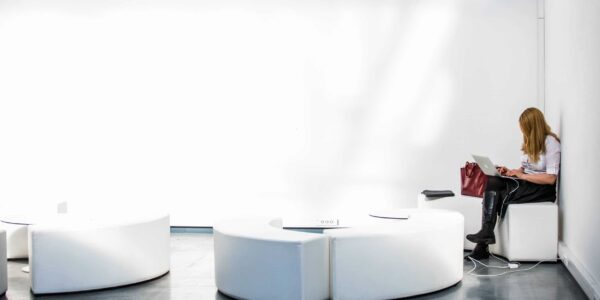With the spread of COVID-19, medical practices across the US have had to implement new social-distancing procedures, like virtual waiting rooms, to protect the health of their patients and staff.
What is a Virtual Waiting Room?
A somewhat uncharted territory until the outbreak, the virtual waiting room often takes form as a “parking lot waiting room”. This concept encourages patients to wait outside the doctor’s office in their car, message that they’ve arrived, and wait to enter until they get a message back with the go-ahead. This model allows medical practices to minimize the possibility of spreading the Coronavirus by limiting, if not eliminating, the number of patients in the physical waiting room.
Increasing Demand for HIPAA Compliant Messaging Platforms
With an increasing demand for socially distant check-in procedures comes an increasing demand for HIPAA compliant telehealth platforms through which patients and providers can communicate securely. OhMD offers the most efficient form of communication for this purpose: two-way SMS texting. Patients can use OhMD to text their doctor’s office from a virtual waiting room and get a text right back with their appointment status.
Goodbye Paper Forms
When practices stop using physical waiting rooms and paper forms due to safety concerns, the already low 9% healthcare form conversion rate could get even worse. OhMD has a solution. With OhMD Forms, practices can text electronic forms directly to their patients. Patients fill out the forms on their phone from the comfort of their home or car before their appointment. This saves the practice time since they no longer have to file paper forms or wait for patients to fill them out at the office. It also saves money, as the average healthcare organization spends $20 per paper document filed. Electronic forms eliminate this cost and frivolous paper filing altogether.

The New Normal
Although the demand for virtual waiting rooms spiked out of necessity, they may be the new normal as patients and providers get accustomed to a heightened level of communication and efficiency.
Providers and their staff who use HIPAA compliant messaging benefit from more instantaneous communication with patients and, therefore, a stronger patient-provider relationship. The ability to text patients to make sure they will be at their appointment or to let them know their doc is running a few minutes behind, promises less time wasted for both patient and provider.
With virtual waiting rooms, patients benefit not only from social-distancing precautions, but from a heightened level of privacy. Rather than confirming PHI out loud to administrative staff in a crowded waiting room, they can communicate through a secure messaging platform. Since they have access to live updates by text, patients have a better sense of when they will be admitted than with traditional waiting rooms.
The Waiting Room of the Future
Like text notifications from a restaurant when a table is ready, or from a pharmacy when a prescription is filled, virtual waiting rooms satisfy an ever-growing desire for live status updates in the healthcare realm. In a world that relies on status automation to keep our impatience at bay, virtual waiting rooms, coupled with two-way patient texting, are here to stay.



